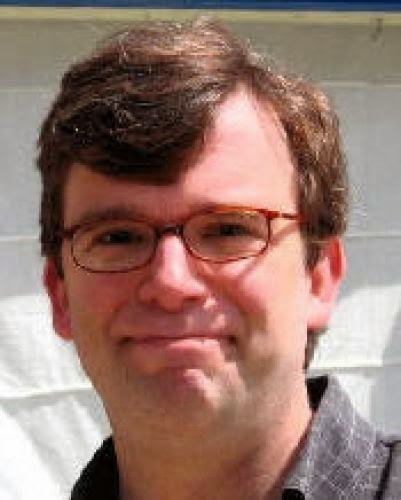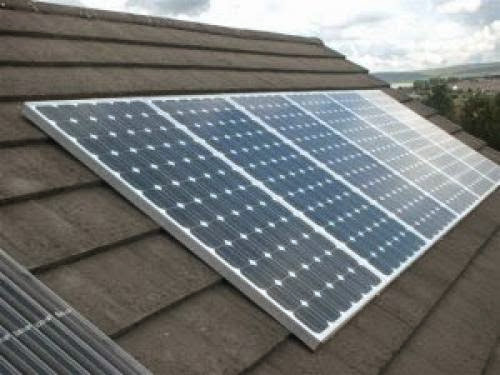
24 years after the miners strike, coal is at the centre of a new battle. This weekend activists are attempting to close down Kingsnorth power station, protesting against government plans to build a new coal-fired power station at the site in Kent. This is just one of many anti-coal protests around the country, as public feeling against coal mining and coal burning is mounting. Simultaneously, the industry has plans to open many new mines, and the...
















